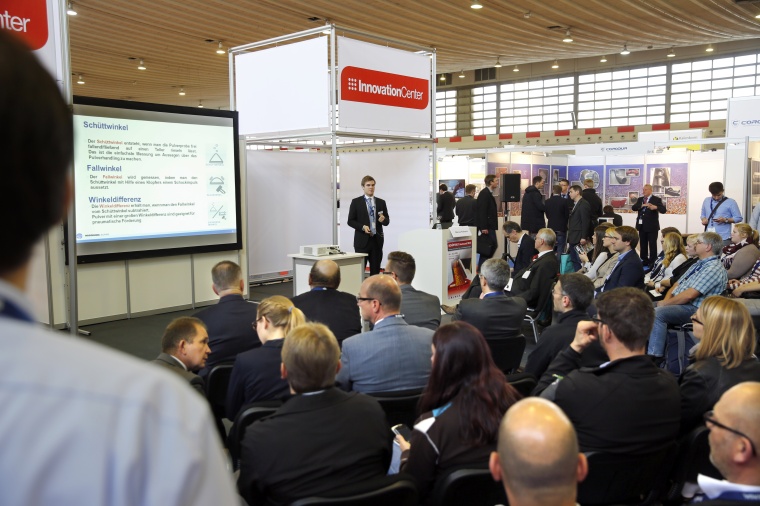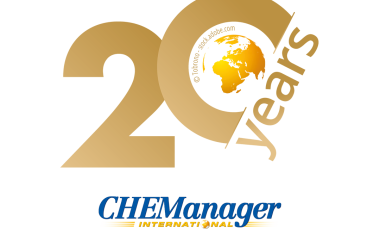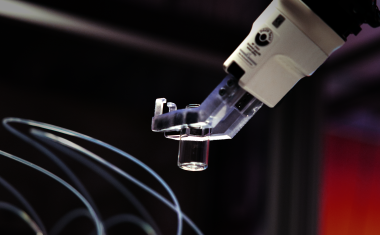Solids Dortmund 2017 Features Some Truly Explosive Topics

Solids Dortmund, trade show for granules, powder and bulk technologies, will take place on May 10-11, 2017 at Messe Westfalenhallen Dortmund and is one of the most important industrial events in Dortmund. With almost 500 exhibitors, 100 lectures, guided tours around the exhibition and a major industry conference, the German Fire and Explosion Protection Congress, visitors will find a wide range of new products and solutions. Moreover, visitors can look forward to exciting explosion demonstrations in the course of the congress, with which the IND EX e.V. promotes the importance of protection measures.
Register now and get your free ticket online with code 4168.
We look forward to your visit!
















